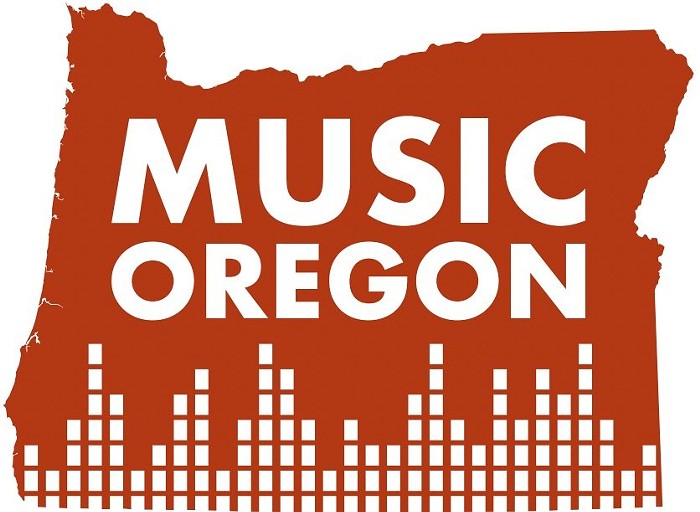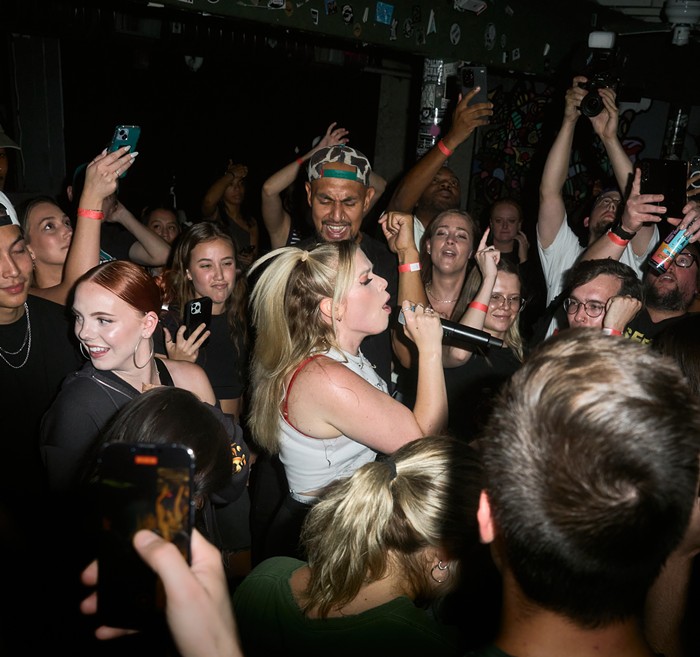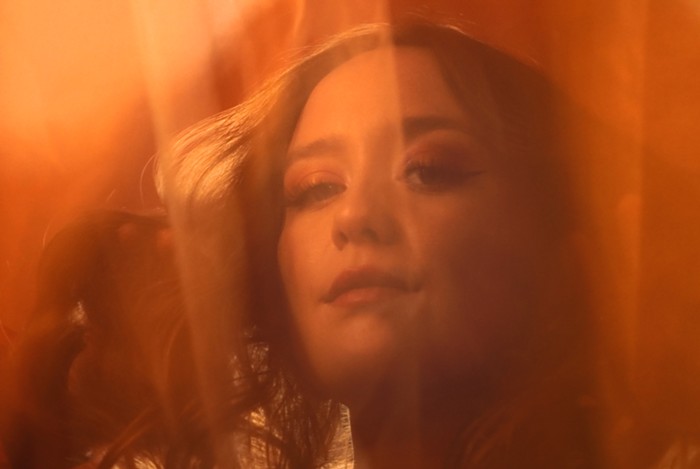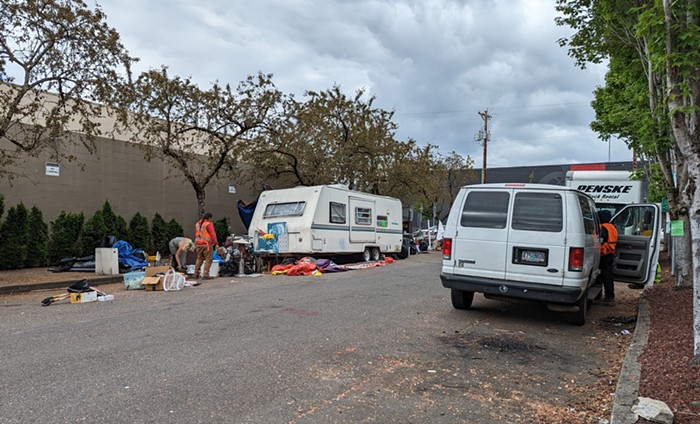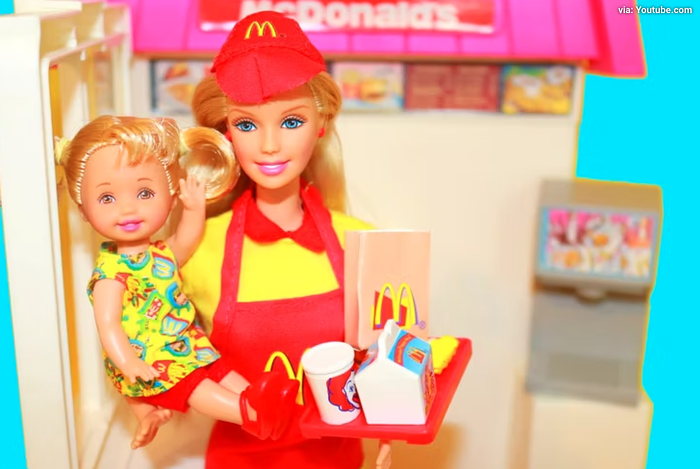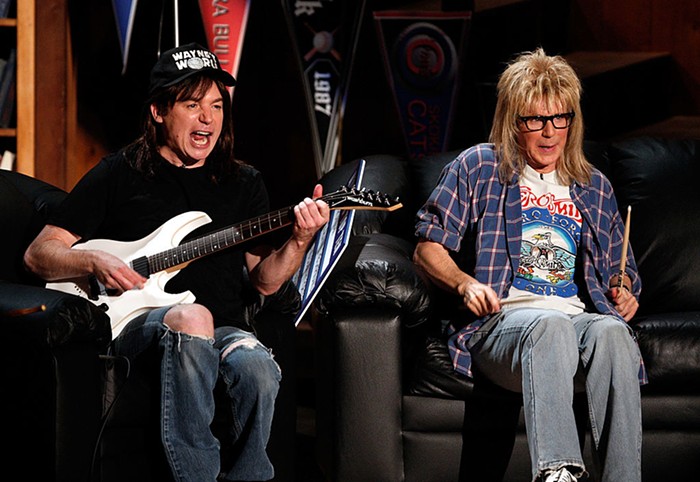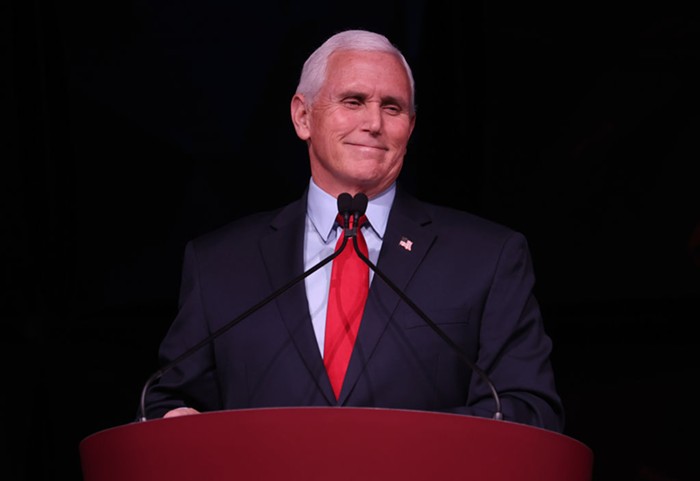FORGET THEIR Maple Leaf citizenry—Arcade Fire are an American band. Between the Butler brothers' Texas roots, their apotheosizing of Bruce Springsteen, and their campaign stumping for Obama in '08, Arcade Fire couldn't be any more of a domestic band had they released "The Star-Spangled Banner" as their latest single (albeit a revamped version with an urgent, sing-along chorus). Now three albums deep into their fascinating run as either the greatest band in the history of ever (not entirely true), or the pinnacle of what independent music can offer a crippled and battered music industry (still not entirely true), the band tackles the most American of exports—the 'burbs.
Odes to stucco track homes and personal Levittowns are a well traveled musical path, from Malvina Reynolds' overly-sanctimonious "Little Boxes," the restlessness of Big Star's "In the Street," or the Talking Head's "Once in a Lifetime," an iconic song from a band close to the Arcade Fire's collective heart. Suburban living is also a well-worn topic in the Win Butler songbook—remember, this is a band that titled four of the first five songs on Funeral some variation of the word "Neighborhood"—and even more so on the loosely conceptualized The Suburbs.
Like most any task this overly ambitious seven-piece embarks upon, it's an endeavor they handle with a rigid seriousness. Arcade Fire's ethos is best summed up by Butler in a New York Times interview: "We're sprinters who are running a marathon," and never has that been more evident than with The Suburbs. True to its namesake, the album is an exercise in sheer sprawl, with only about a dozen of its 16 songs maintaining any significant staying power. Yet after sorting through the expendable "Rococo" and "Month of May," the core of The Suburbs reveals itself to be as remarkable and focused as Neon Bible while harnessing the energy and avidity of Funeral, continuing forth the band's tradition of adding an air of urgency to every single moment captured on tape.
Part of the allure of modern-day Arcade Fire is how the band indulges in the sheer excess that comes with their unquestionable, Bono-on-speed-dial rock stardom, yet still remains steadfastly anchored to the indie landscape from which they sprouted. Topping the Billboard charts is an unheard-of feat for an independent band, as is filling arenas, or live broadcast concerts from Madison Square Garden (even Jay-Z had his on tape delay) with Terry Gilliam behind the camera—all things Arcade Fire have casually accomplished in the past few months.
To push their influence even farther, the band teamed with developers at Google (remember, kids: Pitchfork is a website, Google is the internet) to create an awe-inspiring video for "We Used to Wait." Digital videos of embedded pixels seldom induce an ardent response ("LOL" is not a real emotion), but this interactive clip takes your typical hoodied young suburbanite on the run—a faceless Benjamin Braddock or Donnie Darko–and digitally inserts him into the "address of the home where you grew up." The resulting customizable clip can be emotionally devastating, an instant digital snapshot that unearths buried teenage nostalgia and topples the fourth wall, transferring ownership of "We Used to Wait" from the band to the video-watching audience.
While real-life, stucco-slathered subdivisions and track homes imply a sense of giving up, The Suburbs is a destination Arcade Fire have been headed towards for years, a natural progression that builds upon the groundwork laid over the course of nearly a decade of creating music that carries the weight of the universe on its collective shoulders. Growing up has never sounded so good.

